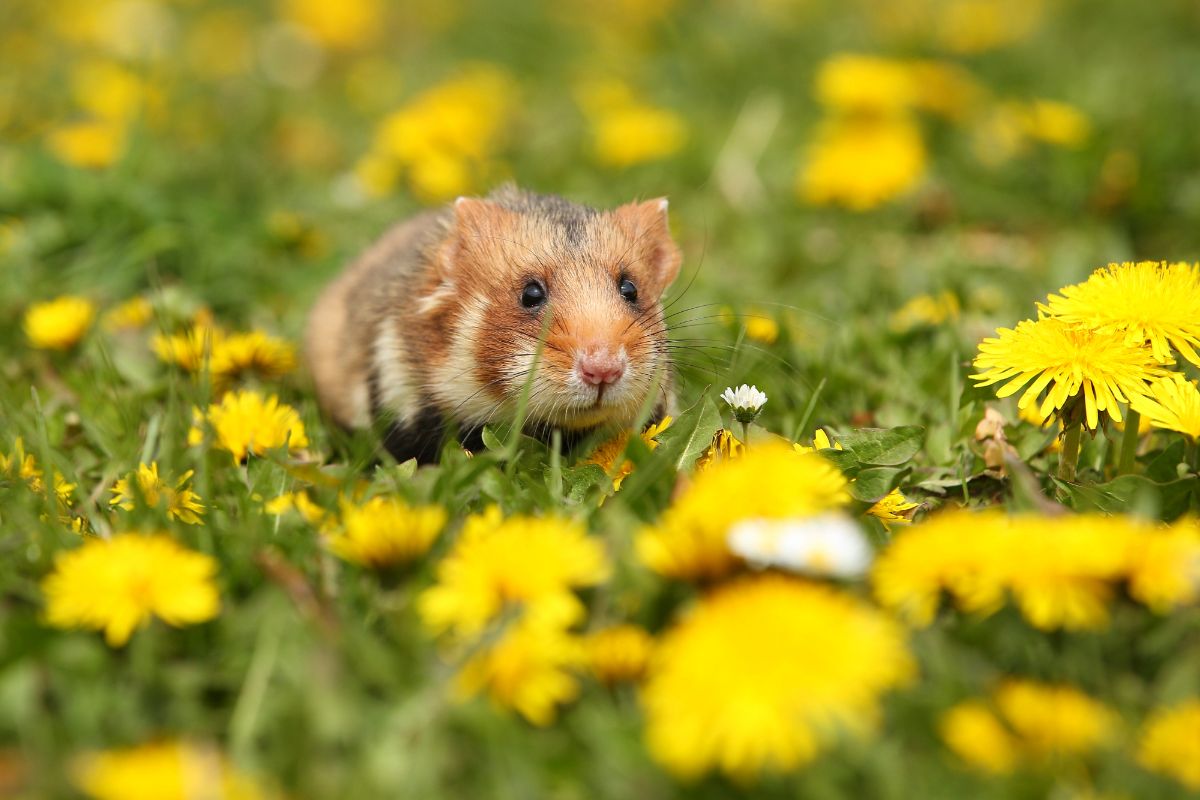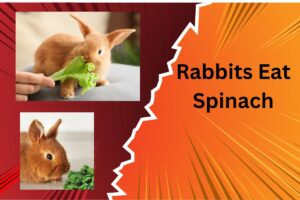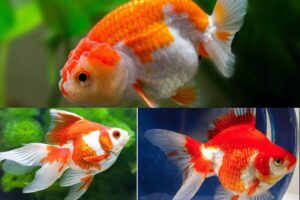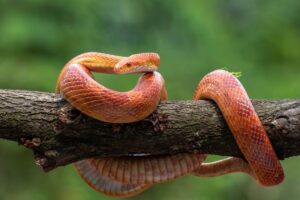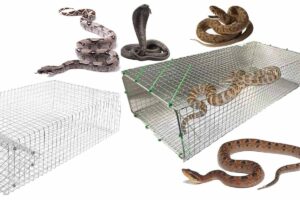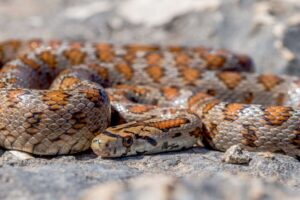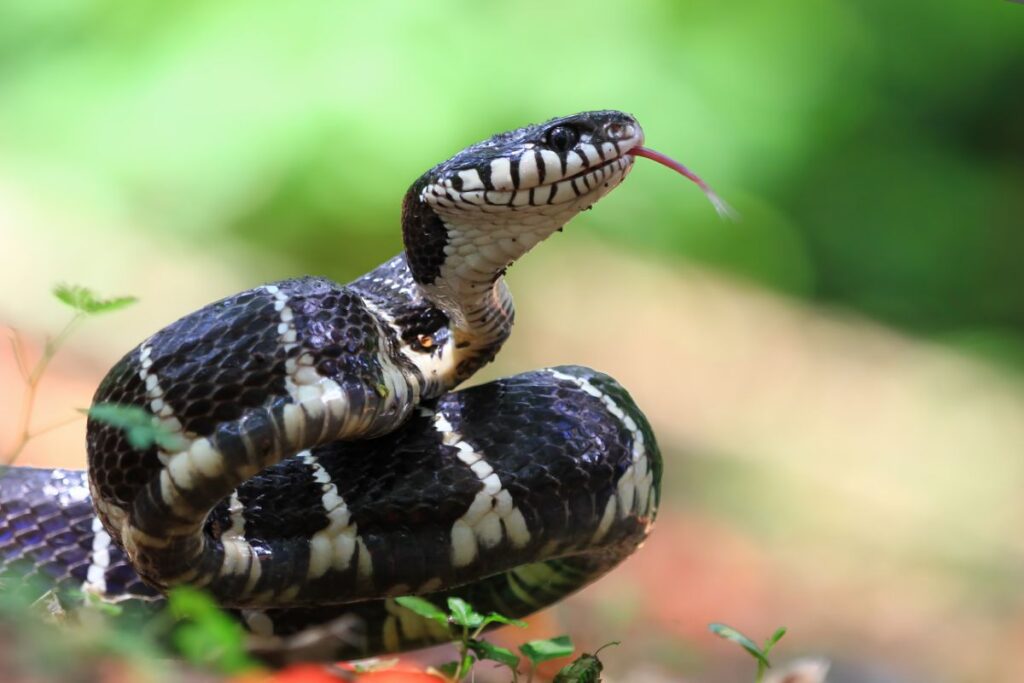Teddy Bear Hamsters, often referred to as Syrian hamsters, are among the most beloved choices for small pets. Known for their endearing appearance, gentle nature, and relatively simple care requirements, they make ideal companions for beginners and experienced pet enthusiasts. If you are considering adding a Teddy Bear Hamster to your family or already have one, this guide will provide you with everything you need to know to ensure your furry friend thrives.
What is a Teddy Bear Hamster?
The Teddy Bear Hamster is a variation of the Syrian hamster, distinguished by its long, plush fur, which gives it a cuddly, bear-like appearance. These hamsters are solitary, nocturnal creatures, meaning they are most active at night and prefer living alone. Officially known as Mesocricetus auratus or Golden Hamsters, they typically grow to about 5-7 inches long and have an average lifespan of 2-3 years. However, some may live longer with exceptional care. In terms of looks, Teddy Bear Hamsters come in various coat patterns and hues, from multicolored coats to golden, cinnamon, and cream. Their long, soft, and visually appealing fur requires more grooming than their short-haired counterparts. This luxurious coat sets them apart and makes them a favorite among pet owners.
Habitat and Cage Requirements
The environment in which your Teddy Bear Hamster lives is critical to its health and happiness. Proper habitat setup contributes to the hamster’s well-being and encourages natural behaviors such as burrowing, exploring, and foraging. Here’s what you need to know:
Cage Size and Type
Teddy Bear Hamsters require ample space to roam and explore. Despite many commercial cages being marketed for hamsters, they are often too small. You should have at least 450 square inches of floor space to enable your hamster room to exhibit its everyday habits. Larger cages, such as glass tanks or DIY bin cages, are ideal as they provide plenty of space and good ventilation. For those opting for wire cages, the bar spacing should be no broader than 1/2 inch to prevent the hamster from squeezing through or getting stuck, as these little escape artists are surprisingly adept at finding a way out.
Bedding and Substrate
Hamsters are instinctual burrowers, and the type and depth of bedding you provide will directly impact their happiness. Use paper-based bedding or aspen shavings, which are safe and absorbent. Pine and cedar shavings should be avoided because they contain oils that aggravate your hamster’s delicate respiratory system. A bedding depth of at least 6 inches is recommended, although adding more will encourage deeper burrowing and contribute to a more enriching environment. It mimics their natural habitat, where they dig deep tunnels for nesting and protection.
Accessories and Enrichment
To keep your Teddy Bear Hamster physically active and mentally stimulated, you’ll need to provide various accessories within their cage:
- Exercise Wheel: An appropriately sized wheel, at least 8-12 inches in diameter, is essential. It allows your hamster to expend energy and reduces the risk of obesity. Ensure the wheel has a solid running surface to prevent injury to their delicate feet.
- Tunnels and Hides: Provide tunnels, tubes, and small hideouts to allow your hamster to explore and retreat to a secure space when needed. These mimic the caves they would create in the wild.
- Chew Toys: Hamsters’ teeth grow continuously throughout their lives. Offering wooden chew toys or safe gnawing blocks ensures their teeth remain properly worn down and prevents overgrowth, which can lead to serious health issues.
Diet and Nutrition
A well-balanced diet is fundamental to your Teddy Bear Hamster’s health. These omnivores need a mixture of seeds, grains, vegetables, and protein sources to fulfill their dietary needs.
Commercial Hamster Food
The bulk of your hamster’s diet should consist of a high-quality commercial hamster mix. These mixes typically contain seeds, grains, and pellets that provide a balanced range of nutrients. Opt for mixes with minimal added sugars or artificial additives. Alternatively, pelleted hamster food can give themselves a balanced intake of nutrients, though some hamsters may find them less appealing than a seed mix.
Fresh Vegetables and Fruits
Fresh vegetables should be a regular part of your hamster’s diet. Safe vegetable choices include:
- Carrots
- Broccoli
- Cucumber
- Zucchini
- Bell peppers
Fruits should only be offered in moderation because of their high sugar content. Tiny pieces of apple, pear, or blueberries can be delivered as occasional treats. Always pay attention to portion proportions because eating too many fruits can result in obesity and other health problems.
Proteins
Besides plant-based diets, hamsters also need protein. Small portions of boiled eggs, unseasoned cooked poultry, or insects like mealworms or crickets can be served. These protein sources are especially beneficial for pregnant or growing hamsters. Ensure fresh food is removed from the cage after a day to avoid spoiling and possible infection.
Teddy Bear Hamster Behavior
Teddy Bear Hamsters are solitary animals by nature. Housing more than one hamster in the same cage often leads to territorial aggression, which can result in severe injury or death. Therefore, it is essential to house them individually.
Taming and Handling
Although hamsters can be skittish at first, they can become tame and affectionate with patience and regular handling. Allow your hamster time to acclimate to its environment before attempting to handle it. Gradually approach them with calm movements and offer treats to build trust. Over time, your hamster will become more comfortable with human interaction.
Activity Patterns
As nocturnal creatures, Teddy Bear Hamsters are most active during the evening and night. You may notice them sleeping most of the day, and providing a quiet, undisturbed area for them to rest is essential. When awake, they will run on their wheel, explore, and engage with toys. Entering their environment with plenty of stimulating activities will ensure a happier and healthier pet.
Health and Common Issues
Though Teddy Bear Hamsters are relatively hardy animals, there are a few common health concerns you should be aware of:
- Wet Tail: A bacterial infection that causes severe diarrhea, usually due to stress. This condition requires immediate veterinary attention.
- Overgrown Teeth: Since hamster teeth grow continuously, providing chew toys is essential. If teeth become overgrown, it can lead to eating difficulties.
- Respiratory Infections: Hamsters can develop respiratory issues from dusty bedding or poor ventilation. Symptoms include sneezing, labored breathing, and nasal discharge.
Regularly monitoring your hamster’s behavior, eating habits, and physical condition is essential for catching any health issues early.
Conclusion
Teddy Bear Hamsters are delightful, independent pets that bring joy and companionship to their owners. While they are relatively easy to care for, ensuring they have a spacious habitat, a balanced diet, and adequate enrichment is crucial for their well-being. With proper care, these charming creatures can live happy, healthy lives, enriching the lives of their owners in return.
Frequently Asked Questions (FAQs)
Can I keep two Teddy Bear Hamsters together?
No, Teddy Bear Hamsters are solitary animals. Keeping them together can lead to fights, often resulting in serious injuries or even death. It’s best to house them individually.
How often should I clean my hamster’s cage?
Eliminating filthy bedding and leftover food from your hamster’s cage daily will help keep it clean. A more thorough cleaning, where you replace the bedding and sanitize the cage, should be done every one to two weeks, depending on the cage size and how much waste your hamster produces.
What should I do if my hamster bites me?
Hamster bites are usually a result of fear, not aggression. If your hamster bites, give them time to adjust to your presence and handle them gently. Building trust with threats and gradual handling will often resolve this issue.
Do Teddy Bear Hamsters need grooming?
Because of their lengthy fur, Teddy Bear Hamsters may require periodic brushing to avoid matting and tangles. It also helps bond with your hamster and check for skin issues.
Can Teddy Bear Hamsters eat human food?
Only certain human foods are safe for hamsters. Fresh vegetables and small amounts of fruit can be offered, but avoid sugary, salty, or processed foods. Before offering any food to your hamster, make sure it is safe to consume.

